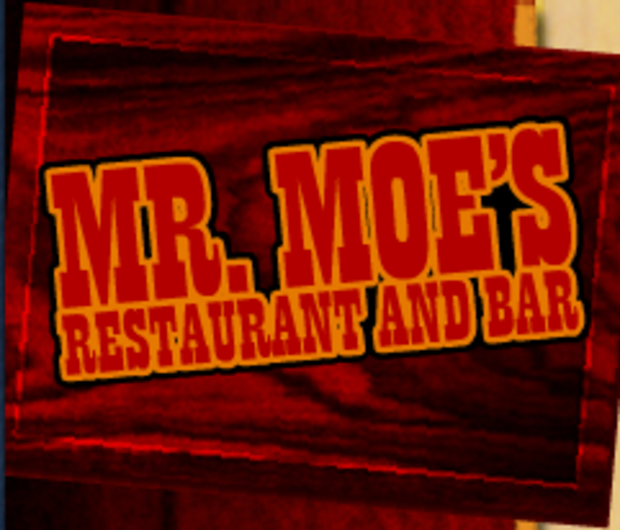5 Historical Facts You Didn't Know About South Florida
Big Island In The Swamp
Opa-locka was originally called "Opatishawockalocka." This word, now hard to pronounce by many Florida natives, summed up the area as a "big island in the swamp, covered with many trees." Shortening it to "Opa-locka," famous aviation pioneer and land developer Glen H. Curtis is now credited with renaming the now well-known area of South Florida. Who would have guessed it? Interestingly enough, much of Florida was named by the natives who lived here, which was respected and simply shortened by the new settlers to the area.
Another noteworthy detail about Opa-Locka's past is that it was designed by land developer Glen H. Curtis in 1926 and designed by architect Bernard Muller upon inspiration from the 1924 film, "The Thief of Baghdad." Many of the streets were named after Middle Eastern cities or in Arabic, and the architecture designed in Moorish splendor. Most of the town was destroyed and damaged during a hurricane in the same year it was created. However, much of the beauty still exists with the City Hall, which was once headquarters for Curtis and his endeavors.
Ponce De Leon Was Not The First To Discover Florida
Prior to Ponce de Leon's famous discovery of Florida, there existed two ancient maps which showcased South Florida's geographic existence and verified that others had discovered Florida prior to Ponce de Leon's arrival. It was, however, Ponce de Leon's discovery that led to verification that this land actually existed. The land had been, like other regions of the United States, inhabited by native indigenous people. It Is interesting to note, the indigenous people of Florida have Moorish roots, and it was after the Moors were defeated in Europe that Ponce de Leon made his famous discovery. The question to ask, then: is there a direct correlation?
Honey, Don't Shrink My Florida
Perhaps many do not realize how small the world use to be. No, the Earth didn't shrink, but many lands have. That's exactly what happened to the State of Florida in early Paleo-Indian history. With other continents in existence and many of them close to touching, it is a wonder to realize that Florida's landscape was twice as large as it is today and that sea levels caused the coastline to submerge. At that time, the climate was much dryer. That means there may be more treasure out there than just the Treasure Coast, and that South Florida may have been a much larger land bridge than one would expect, verifying one of many theories of migration to and from America and explaining how foreign language and influence predates many of its known settlements in the United States.
A land of many people, one of the original tribes of South Florida included "the fierce ones," also known as The Calusas. They were known for their woodwork and heavy, well-crafted canoes that could hold over fifty people at a time. Mostly fishermen, who dieted on mostly fish, oysters and other seafood, The Calusas would "island hop," often traveling to Cuba, where many had migrated to over time. Following European settlement and death by foreign disease, many of the tribes people were wiped out. Surviving Calusa joined the Seminole tribe and their king died in the early 1700s. Today, the Seminole tribe and Cuban descendants are all that remain of a once dominant and free-spirited group of people.




